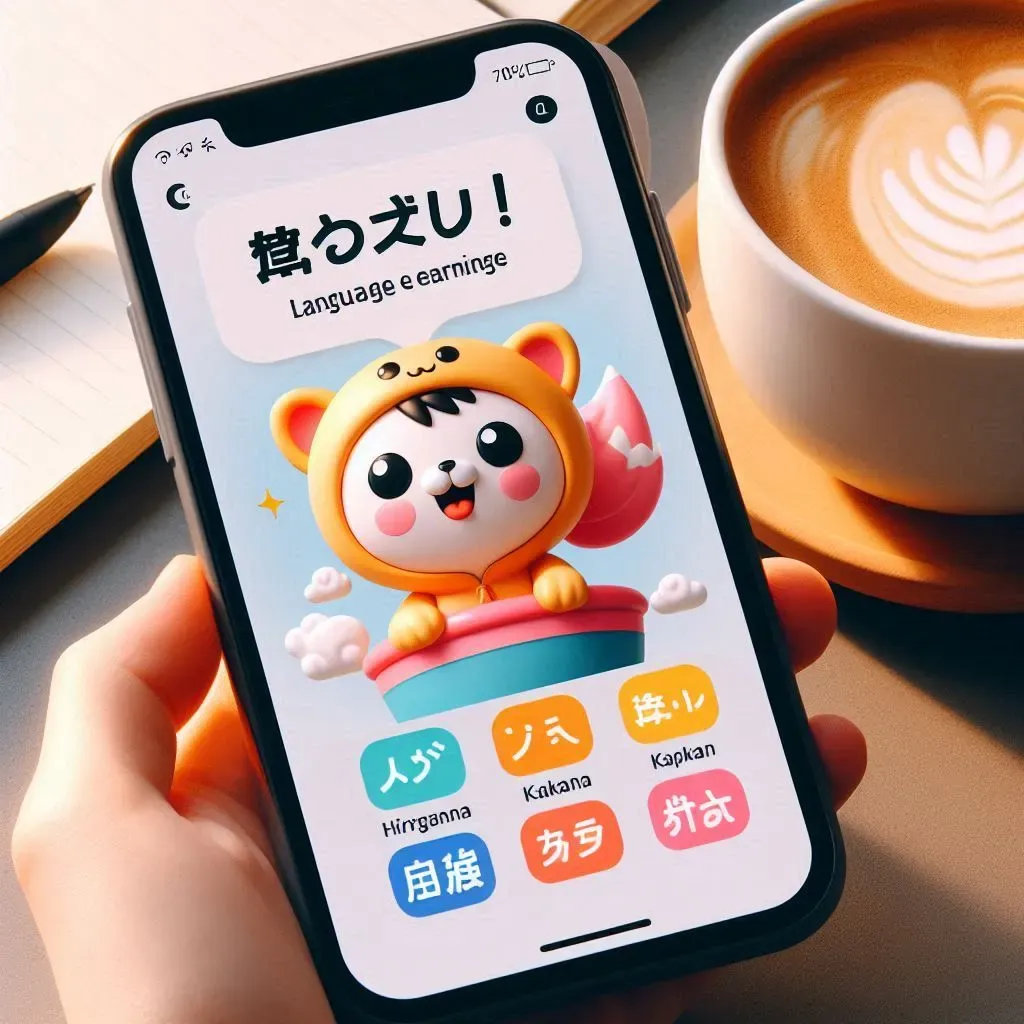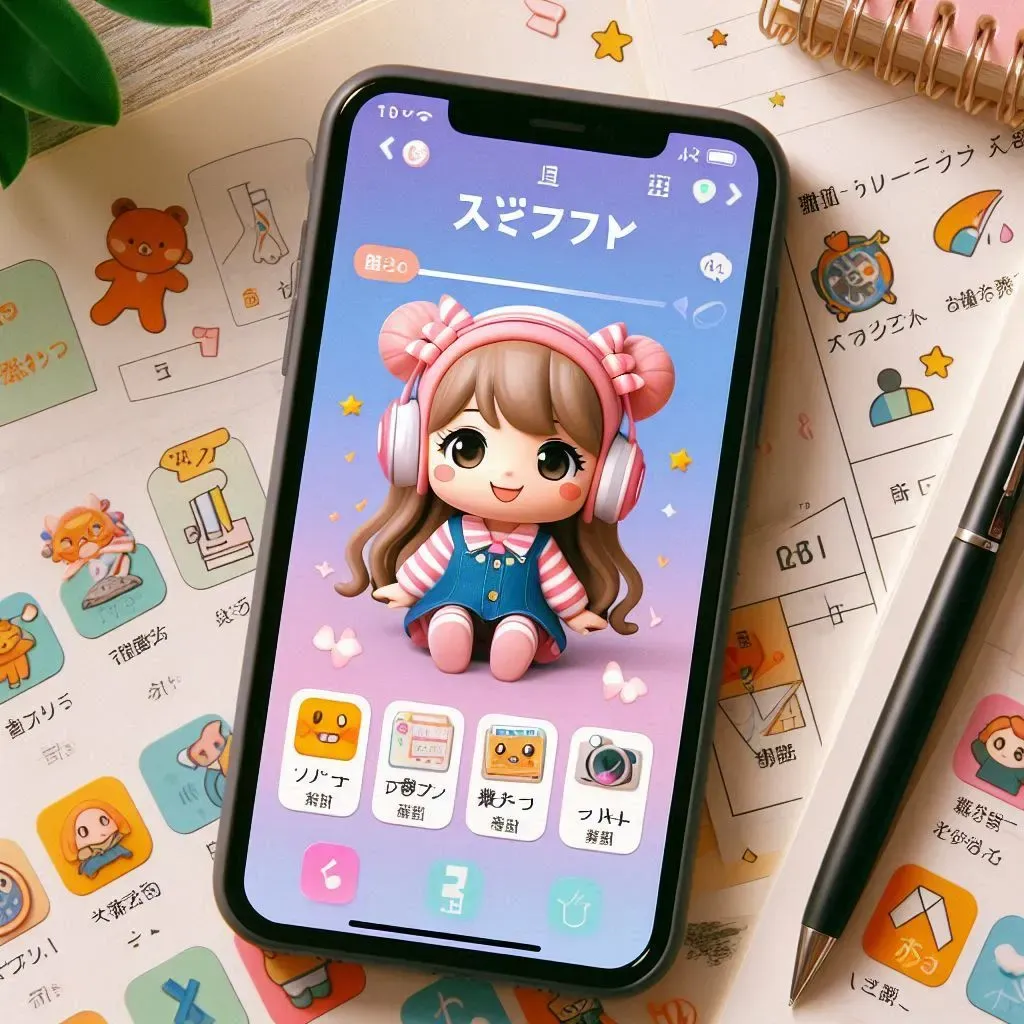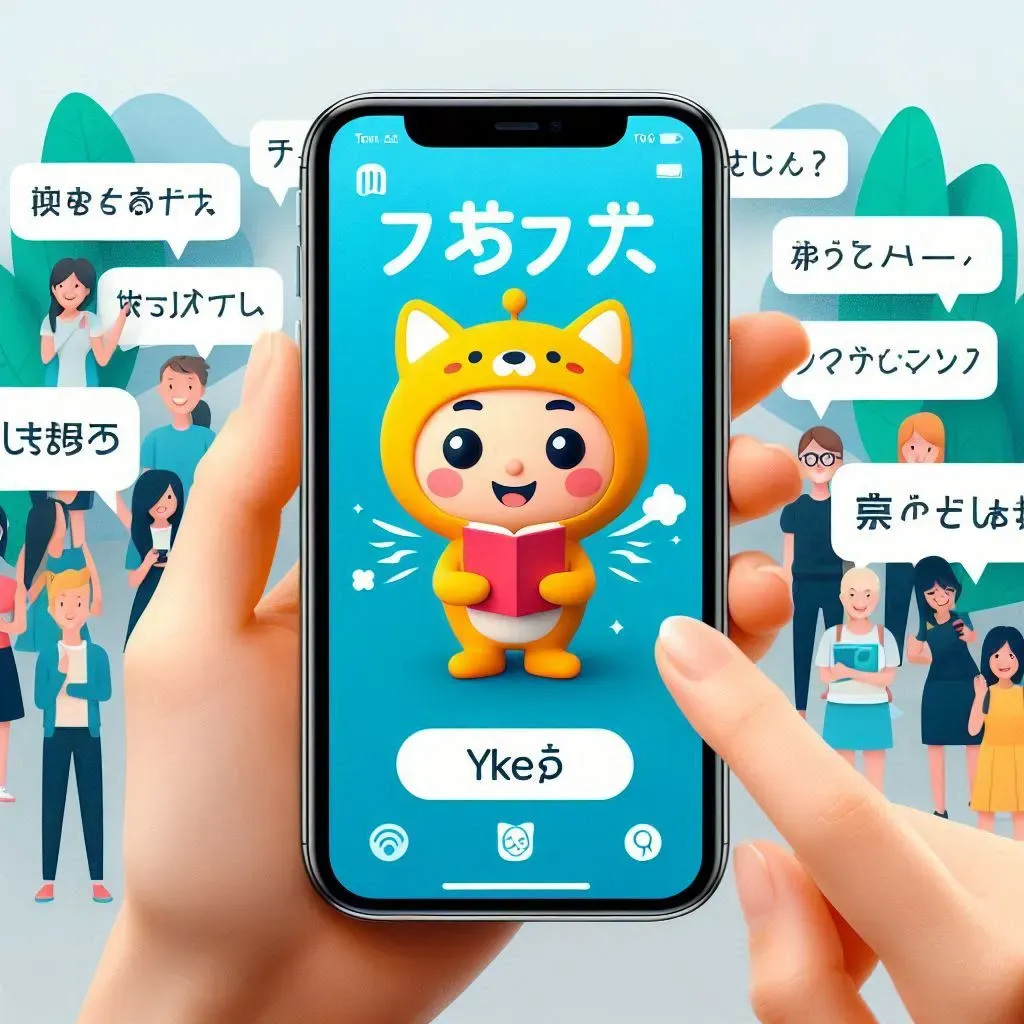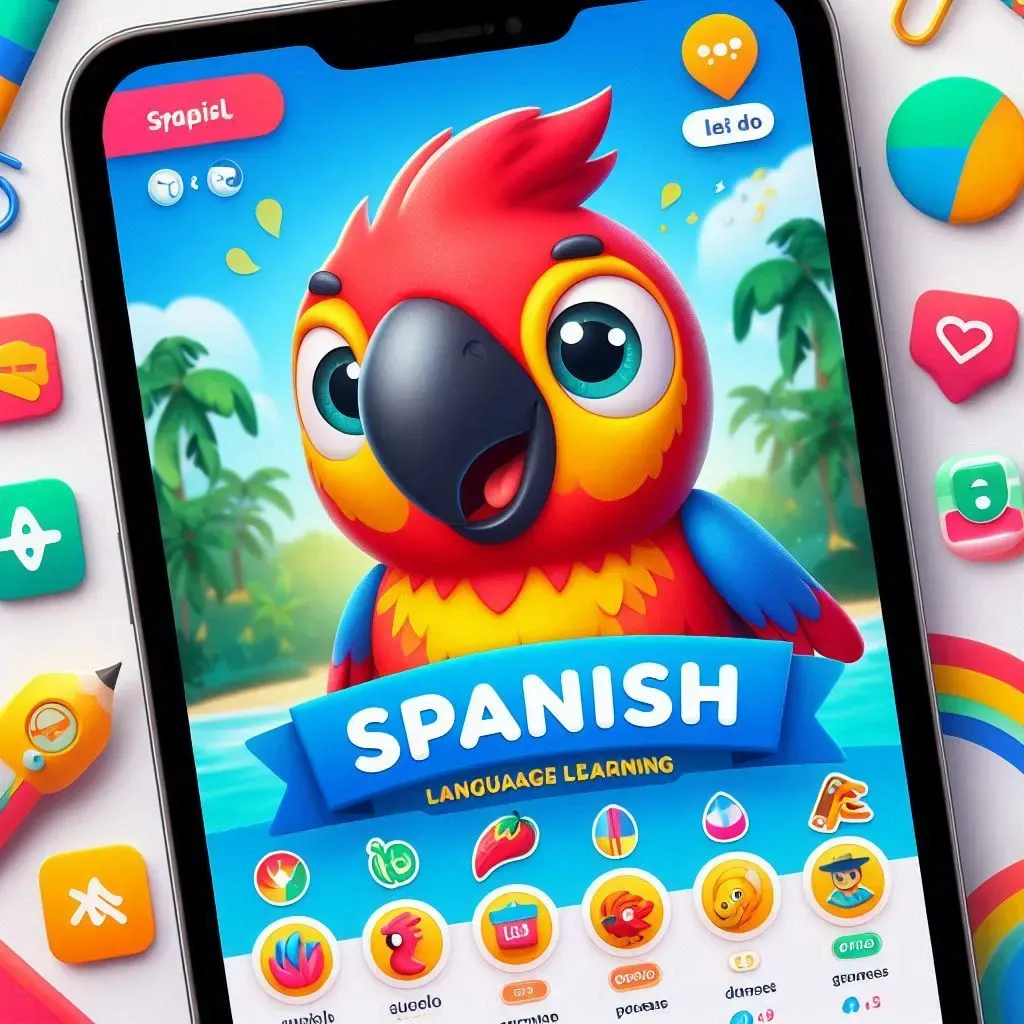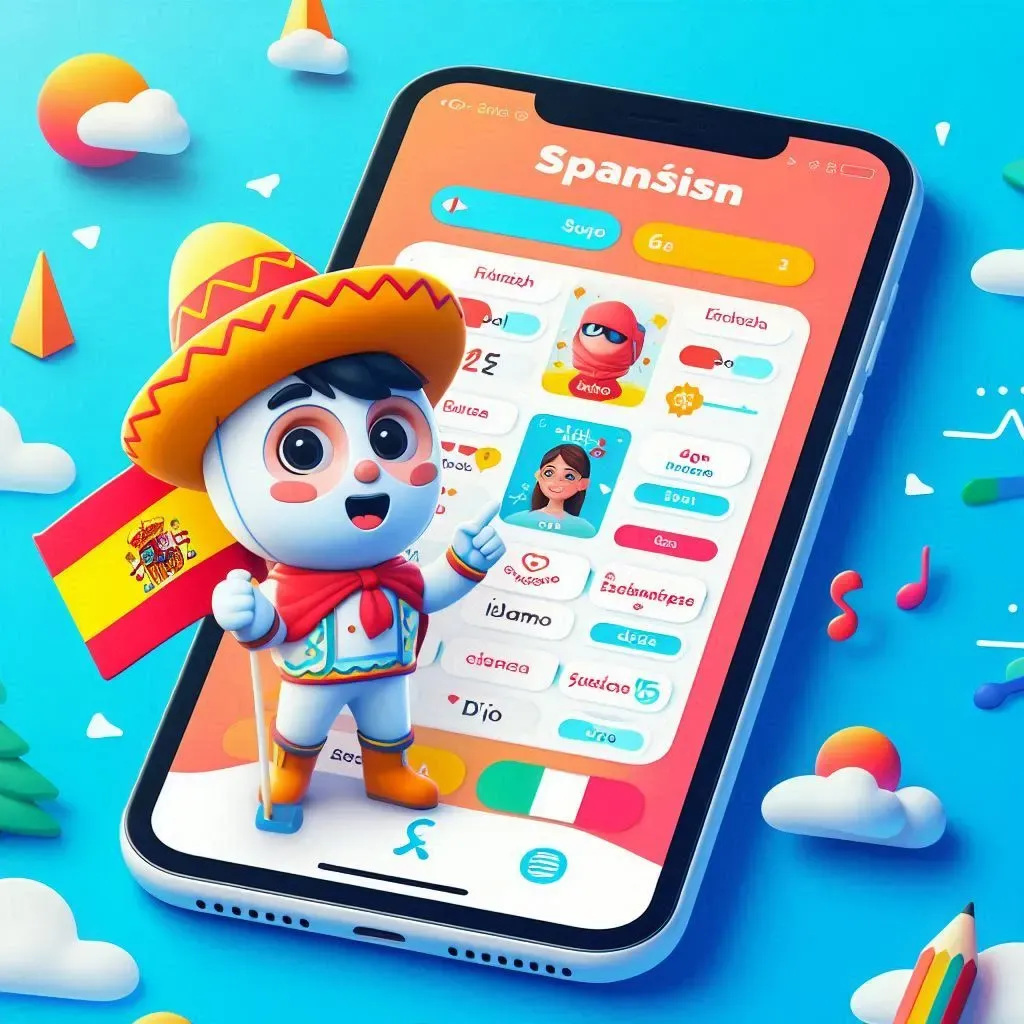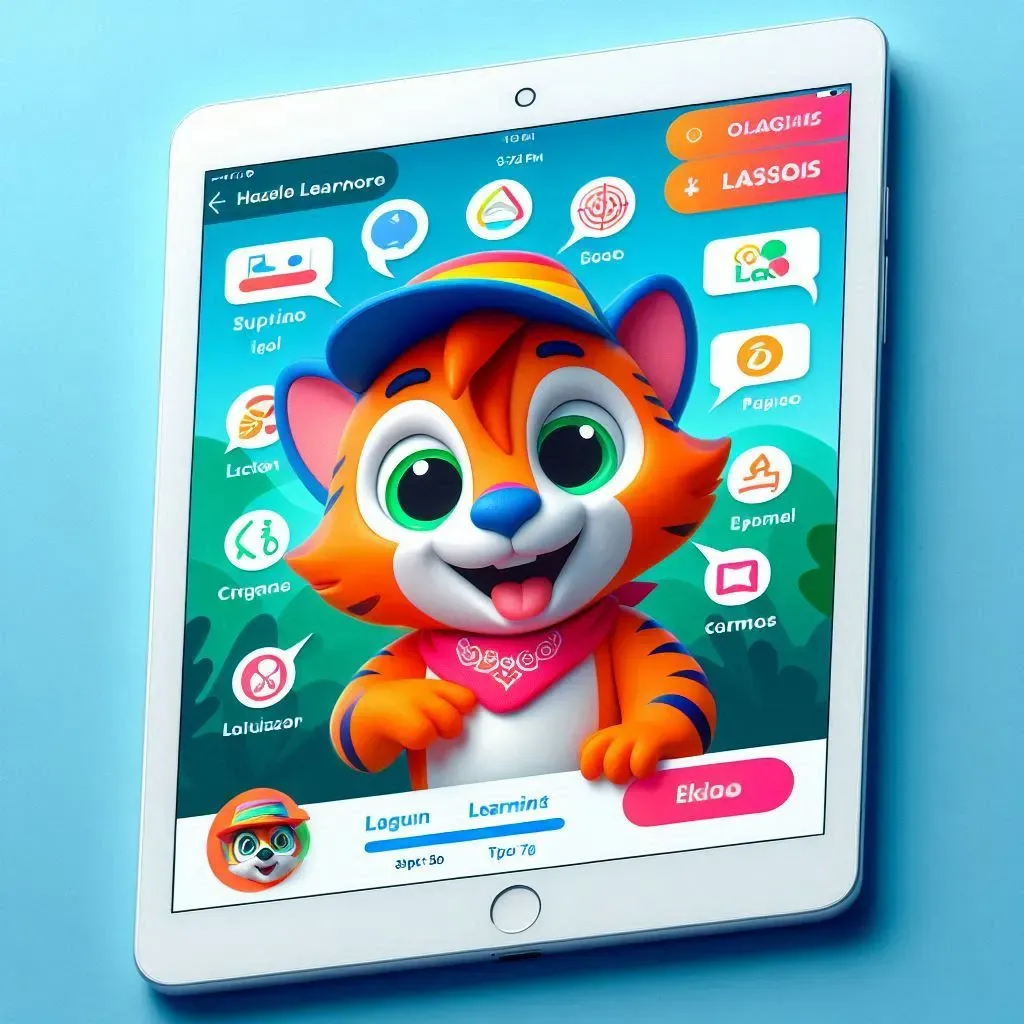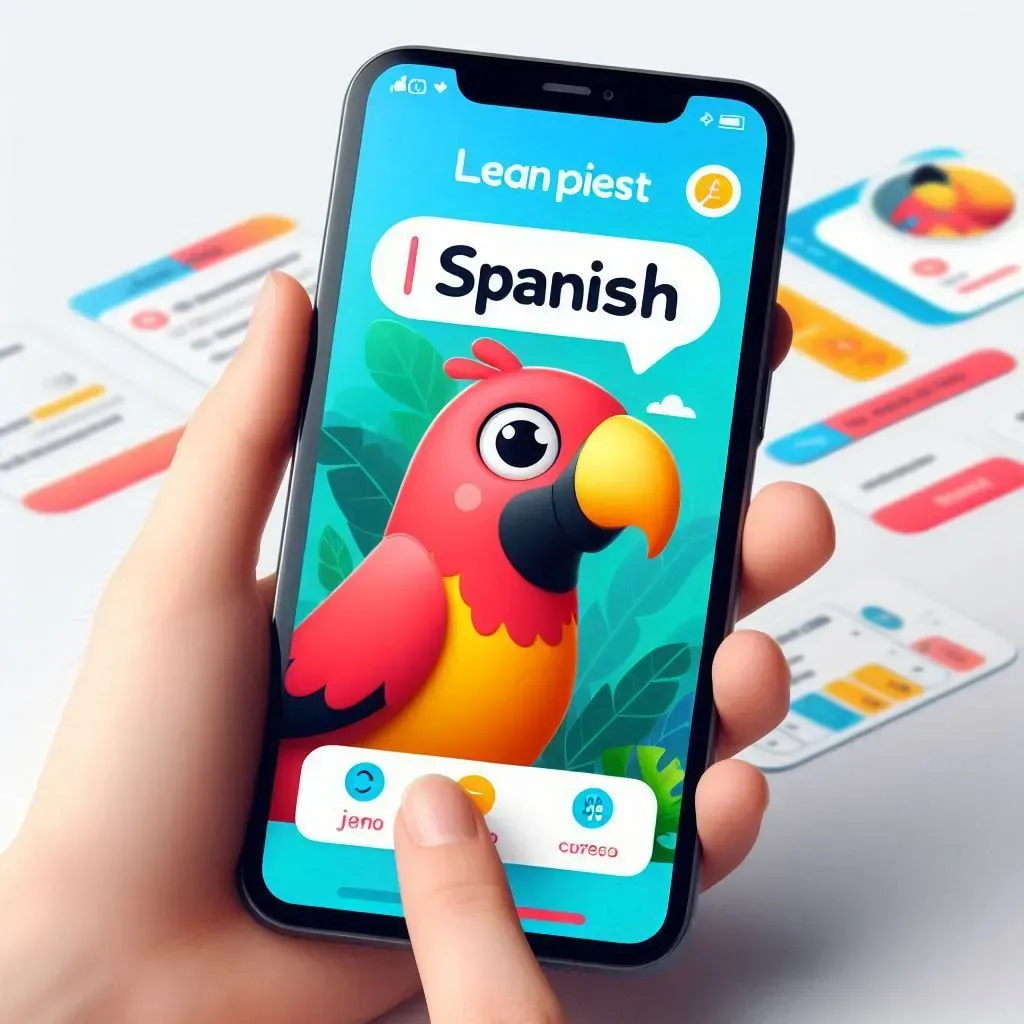
Table of Contents
Best App to Sell Clothes: A Guide to the Top Platforms for Selling Your Wardrobe
If your closet is overflowing with clothes you no longer wear, selling them online can be a great way to declutter and make some extra cash. Luckily, there are plenty of apps designed specifically for selling clothes. Each platform has its own strengths and target audience, making it easier than ever to find the perfect marketplace for your gently used or brand-new garments. Here’s a look at the best apps to sell clothes and how they can help you turn your closet into a cash cow.
1. Poshmark: The Trendsetter’s Favorite
Pros:
- Large, active community
- Easy-to-use interface
- Seller protection through prepaid shipping labels
- Social media-like features to boost visibility
Cons:
- Commission fee of 20% for sales over $15
- Lower selling rates for non-designer or fast-fashion items
Best for: People looking to sell trendy, designer, or brand-name clothing
Poshmark has become one of the most popular apps for selling clothes, especially among fashion-forward individuals. With a large, active community of buyers and sellers, it’s easy to list items and get eyes on your clothes. Poshmark allows you to share your listings, follow other users, and participate in “Posh Parties,” which are virtual shopping events centered around specific brands or clothing categories.
One of the platform’s best features is its shipping system. Once you sell an item, Poshmark emails you a prepaid shipping label. All you need to do is package the item, slap on the label, and drop it off at your local post office. Poshmark’s commission is 20% for items over $15, but for sales under $15, the flat fee is $2.95.
2. Depop: Where Fashion Meets Creativity
Pros:
- Appeals to a younger, trend-savvy audience
- Great for selling vintage or unique items
- Simple listing process
- International shipping options
Cons:
- 10% commission on all sales
- Requires extra effort to stand out in a crowded marketplace
Best for: Sellers with vintage, niche, or creative clothing pieces
Depop has earned a reputation as the go-to app for Gen Z buyers who crave unique and vintage fashion. If you have one-of-a-kind pieces or are particularly creative with your clothing, Depop might be the ideal platform. It operates similarly to a social media platform, with buyers following sellers and liking or sharing their listings. The app is known for its community of influencers and creatives who make their shops feel like mini boutiques.
Depop charges a flat 10% fee on all sales, and it allows you to ship domestically and internationally. If you have a knack for making your clothes look enticing through photography and styling, Depop could be your ideal selling platform.
3. ThredUP: Hassle-Free Selling
Pros:
- No need to photograph or list items yourself
- Offers free “Clean Out Kits”
- Minimal effort on the seller’s part
- Eco-friendly focus
Cons:
- Lower payouts compared to other apps
- Limited control over pricing
Best for: Busy sellers who want to declutter with minimal effort
ThredUP is perfect for people who want to get rid of clothing without the hassle of photographing, listing, and negotiating with buyers. Instead, ThredUP sends you a “Clean Out Kit,” which includes a prepaid bag for you to fill with clothes and send back to them. ThredUP will then photograph, list, and sell your items for you.
While this is an easy and hassle-free option, the downside is that you have little control over how your items are priced. ThredUP takes a commission based on the final selling price, with larger payouts for higher-value items like designer clothes. Keep in mind that this platform works best if you’re just looking to clean out your closet rather than maximize profit.
4. Mercari: A Versatile Option
Pros:
- Low fees (10% commission)
- Flexible shipping options
- Wide range of categories beyond clothes
- Buyer protection features
Cons:
- No built-in social features for promoting your listings
- Clothing listings compete with other product categories
Best for: Sellers who want to list multiple categories, including clothes
Mercari is a highly versatile selling app that isn’t just limited to clothes. It’s a great option if you’re looking to sell a variety of items in addition to clothing. Mercari charges a flat 10% commission on all sales, which is on the lower end compared to some other apps.
One of Mercari’s strengths is its flexible shipping options. You can either provide your own shipping method or use Mercari’s prepaid shipping labels. The app also includes buyer protection features, which adds peace of mind to your transactions.
While it’s not exclusively focused on clothing, Mercari is still an excellent choice if you’re looking to reach a broad audience. However, keep in mind that clothing listings might get less attention compared to dedicated fashion platforms like Poshmark or Depop.
5. Vinted: No Seller Fees
Pros:
- No selling fees for individual users
- Easy listing process
- International shipping
- Active community focused on sustainability
Cons:
- Lower audience in certain regions
- Buyer protection fees apply
Best for: Sellers who want to maximize their earnings and avoid fees
Vinted sets itself apart by not charging sellers any fees. That means when you sell an item, you keep 100% of the profit. This makes it an attractive option for sellers who want to avoid commissions or fees. The platform has an easy-to-use listing process, and buyers pay for shipping, which makes it easy to manage.
Vinted has a strong focus on sustainability, attracting eco-conscious buyers and sellers. It also allows for international shipping, expanding your reach beyond your local area. While there’s no seller fee, buyers do pay a small fee for purchase protection, which covers any potential issues with the transaction.


Conclusion
When it comes to selling clothes online, choosing the right app depends on your personal needs and the type of clothing you’re selling. Poshmark and Depop are great for trendsetters, ThredUP is perfect for those seeking a hassle-free experience, Mercari works well for sellers with a variety of items, and Vinted is ideal for maximizing profits with zero fees.
With any of these platforms, you can clean out your closet, help someone else find a new wardrobe favorite, and make some extra money in the process. Happy selling!
Toy Poodle: The Perfect Petite Companion – love a happy home (loveahh.com)
- 100 Best Mothers Day Gifts 2025 Ultimate Guide
- How to Be Funny Ultimate 2025 Guide
- 100 Best Guess What Jokes Ultimate 2025 Guide
- What the Difference Between Jokes? 2025 In-Depth
- 100 Best Gifts for Men Ultimate 2025 Guide
- What Is a Homemaker? 2025 Expert-Backed Guide
- 100 Best Gifts for Women 2025 Ultimate Guide
- 100 Best Gifts for Mom Ultimate 2025 Guide
- 100 Best Gifts for Dad Ultimate 2025 Guide
- 100 Best Dad Jokes for Kids 2025 Ultimate Guide
- 100 Best Bad Dad Jokes 2025 Ultimate Guide
- 100 Best Deez Nuts Joke 2025 Ultimate Guide
- 100 Best Candice Joke 2025 In-Depth Guide
- Top 100 Best Christmas Movies 2025 In-Depth Guide
- Top 100 Best Christmas Family Games 2025
- Top 100 Best Fun Family Games 2025 In-Depth Guide
- Top 100 Best Family Games 2025 Ultimate Guide
- 100 Talk Show Hosts 2025 In-Depth Guide
- 100 Best Funny Dad Jokes 2025 In-Depth Guide
- 100 Best Funny Games 2025 In-Depth Guide
- 100 Best Funny Names 2025 In-Depth Guide
- 100 Best Good Jokes 2025 In-Depth Guide
- 100 Best Christmas Jokes 2025 🎅 In-Depth Guide
- 100 Best Corny Jokes 2025 In-Depth Guide
- 100 Best Kids Jokes 2025 In-Depth Guide
- 100 Best Knock Knock Jokes 2025 In-Depth Guide
- 100 Best Dark Jokes 2025 😈 | In-Depth & Hilarious Guide
- 100 Best Dark Humor Jokes 2025 In-Depth Guide
- 100 Attractions in the World 2025 In-Depth Guide
- Amazon Best Sellers in Clothing Shoes: Top 10 2025
- Walmart Photo Center: The Ultimate Guide 2025
- Capybara as a Pet: The Ultimate Guide 2025
- Top 100 Attractions in the World 2025
- US Female Movie Stars Top 10 2025 In-Depth Guide
- Who is the Most Handsome Man in the World?
- Top 100 Party Entertainment Ideas 2025
- 100 Best Dad Jokes That Never Get Old 2025
- US Male Movie Stars Top 10
- How to Make Slime 2025 In-Depth Guide
- YouTube History Top 10 Funny Videos 2025 In-Depth
- How to Make a Paper Airplane 2025 In-Depth Guide
- Can Dogs Eat Fruit? A Comprehensive Guide 2025
- The Funniest Dad Jokes 2025 In-Depth Guide
- 100 Funny Jokes 2025 In-Depth Guide
- 2025 100 Best Dad Jokes In-Depth Guide
- Best Dry Humor 2025 In-Depth Guide
- Calico Cat Names: 2025 Ultimate Guide
- Why Are Dogs So Cute? In-Depth Guide 2025
- Can Dogs Eat Tomatoes? A Complete Guide for Pet Owners
- What Can Dogs Eat? 2025 A Complete Guide
- Why Are Cats So Cute 2025
- Can Dogs Eat Cat Food 2025 In-Depth Guide
- Why Does My Cat Lick Me 2025
- 999 Angel Number Meaning: A Complete Guide
- 888 Angel Number Meaning: A Powerful Symbol
- 666 Angel Number Meaning: Hidden Meaning
- Meaning of 555 in Love: Spiritual and Symbolic Messages
- 333 Angel Number Meaning: A Spiritual Guide
- 222 Angel Number Meaning: A Comprehensive Guide
- 777 Angel Number Meaning: A Comprehensive Guide
- 444 Angel Number Meaning: A Comprehensive Guide
- 111 Angel Number Meaning: A Comprehensive Guide
- Best Ginger Cat Names(25 Types Perfect Choice)
- What is the Krabby Patty Secret Formula? 2025 Deep Dive
- Best SpongeBob Party(1 Complete Guide)
- The Lovable Villain of SpongeBob: Plankton
- SpongeBob SquarePants(Character Design and Voice Actor)
- SpongeBob SquarePants: Iconic Character Introductions
- Classic SpongeBob SquarePants Episodes and Quotes
- SpongeBob SquarePants: All Character Introductions
- SpongeBob SquarePants: The Eternal Optimist
- SpongeBob Meme: The Phenomenon Explained
- Toy Poodle: The Perfect Petite Companion




















































































